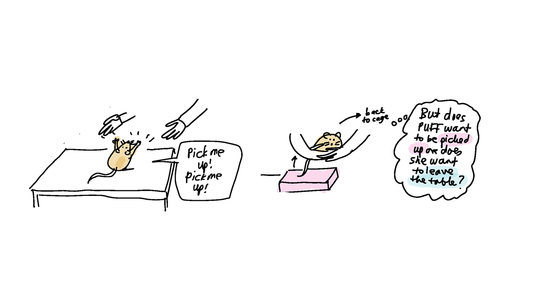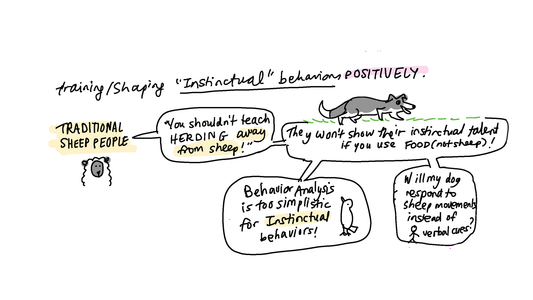What is Assent? (Notes from VT Part 4)
Lili Chin[notes from Vermont contd.]
I had heard of the term "assent" but hadn't looked into what it meant so Hannah McGee's presentation was one that I was really looking forward to.
Consent is when an individual of approved legal status agrees to participate in a procedure. Consent is given before a procedure. Technically, children and non-human animals cannot "consent"; their guardians do so. (Even though colloquially, we still say that their consent matters)
Assent is when an individual agrees to participate in a procedure every step of the way. It is an ongoing willingness to participate. All individuals can assent, including children and non-verbal individuals.
Assent can be coercive or genuine. An animal participating in a R+ contingency may or may not be coerced into doing so. How do we know if we have genuine assent? This is an important question because ABA has a history of unethical and coercive procedures, and in the world of animal training, we are communicating with non-verbal individuals.
How do we know if they are eating the treat because that's what they really want?
Apologies for my terrible handwriting and rat drawings... I did these really fast.
Hannah McGee: Understanding Assent Through An Analysis of Alternate Contingencies




Related:
- Degrees of Freedom (blog post)
- Constructional Approaches (blog post)
- Genuine Choices in Animal Training (podcast with Hannah McGee)
- Further reading: Can There be Compassion Without Assent?



